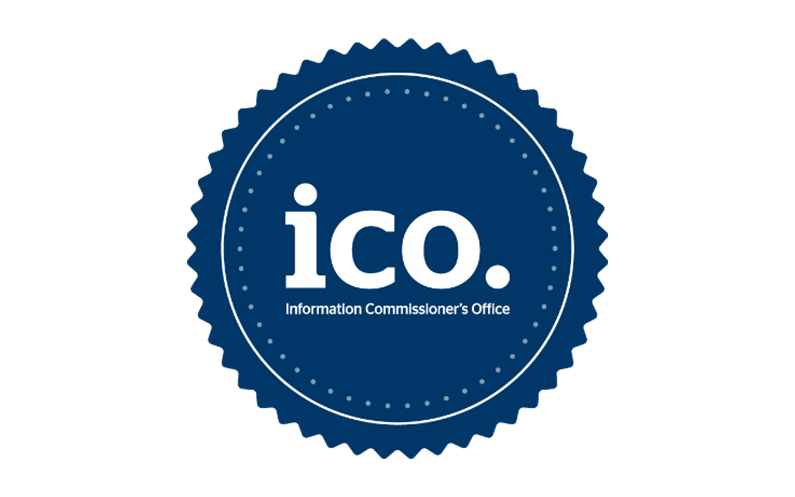Exploring the judicious use of redirect backlinks within the realm of SEO, we’ve gathered insights from five experts, including SEO managers and marketing officers. From utilizing domain change redirects to maintaining SEO equity during blog migrations, discover how these professionals harness redirect backlinks to enhance their website’s rankings without compromising their white hat principles.
- Utilize Domain Change Redirects
- Merge and Redirect Acquired Sites
- Implement Broken Backlink Reclamation
- Prioritize User Interest with Redirects
- Maintain SEO Equity During Blog Migration
Table of Contents
ToggleUtilize Domain Change Redirects
One way of employing white-hat backlink redirects is when your top-level domain (TLD) undergoes a change.
Let’s consider the case of one of my SEO clients who relocated to Dublin, needing a transition from their British domain (.co.uk) to one more fitting for their services in Ireland (.ie).

After migrating their website to the new domain with the assistance of their design agency, they approached me months later, asking why their backlink count had plummeted to zero and their domain authority was in decline. As it turns out, some design agencies aren’t as into SEO as they’d like to claim.
To restore their SEO, I needed to reinstate the flow of links and transfer their backlink authority from the old domain, which fortunately remained accessible.
To achieve this, I implemented a sequence of Mod Rewrites on their former domain. These function similarly to 301 redirects, but at the domain level, ensuring that whenever an old backlink is accessed, users are seamlessly directed to the new site rather than encountering a dead end.
Gradually, search engine crawlers resumed acknowledging their backlinks, and their new Irish domain began the ascent back to its prior standing.
In addition to offering a lesson on white-hat backlink redirects, I think it’s a good time to remind readers of the importance of involving an SEO consultant in website migrations, rather than relying solely on your designers.
Curt Cresswell, SEO Manager, Brand Pandas Ltd
Merge and Redirect Acquired Sites
Absolutely. Redirect backlinks can be a legitimate tool when used properly. For example, when we acquired a relevant website in our niche and merged its content into our own site, we implemented 301 redirects from the old URLs to the corresponding pages on our site.
This preserved the backlink equity and helped boost our rankings for target keywords. It’s all about maintaining a logical content structure and relevance while avoiding any spammy or manipulative practices. Redirect backlinks, when used strategically and ethically, can be a net positive for SEO.
Casey Jones, Founder and Head of Marketing, CJ&CO
Implement Broken Backlink Reclamation
Broken backlink reclamation is the most common way to utilize redirects in order to improve a site’s rankings; however, ensuring you have robust redirection policies in place in the first place is better.
Over time, links lose their value if pointing at a 404 page. You also want to make sure when fixing the broken links that you select appropriate content to redirect to. Mass redirects are treated as soft 301s and pass no link value over time.
This is also why things like buying domains and redirecting the links doesn’t actually do very much, despite what link builders or “SEO Gurus” will tell you.
Google uses links way more to assess context than people give credit. This almost means they are good at spotting link manipulation when the contexts don’t line up—and on top of this, they are good at matching context with queries.
So even if you redirect an expired domain on a similar topic to your site, you need to make sure every link is redirected to an appropriate piece of new content. And even then, if the contexts don’t match at all three stages, you aren’t going to get much, or any, benefit.
Callie Scott, Owner and Technical SEO Consultant, Blue Orchid Digital
Prioritize User Interest with Redirects
In my experience, using redirect backlinks responsibly involves ensuring they serve the user’s interest first and foremost. We implemented this strategy when we migrated our travel blog to a new domain. To preserve the SEO value of our existing backlinks, we used 301 redirects from old URLs to relevant content on the new site.
This method not only helped in retaining our site’s authority but also provided a seamless user experience by directing visitors to the content they sought without encountering broken links.
Swena Kalra, Chief Marketing Officer, Scott & Yanling Media Inc.
Maintain SEO Equity During Blog Migration
We migrated a popular blog from an old domain (let’s call it xyz.com) to a shiny new one (xyz.co). We wouldn’t want all those built-up backlinks to go to waste, right? So, we implemented 301 redirects on fashionista.com, seamlessly sending users and link juice (SEO value) to the corresponding pages on fashionista.co.
Search engines recognize 301s as permanent moves, ensuring our content maintains its ranking power and visitors land in the right spot. It’s a win-win—we kept our SEO equity, and users smoothly transitioned to the new home!
Faizan Khan, Public Relations and Content Marketing Specialist, Ubuy Australia

